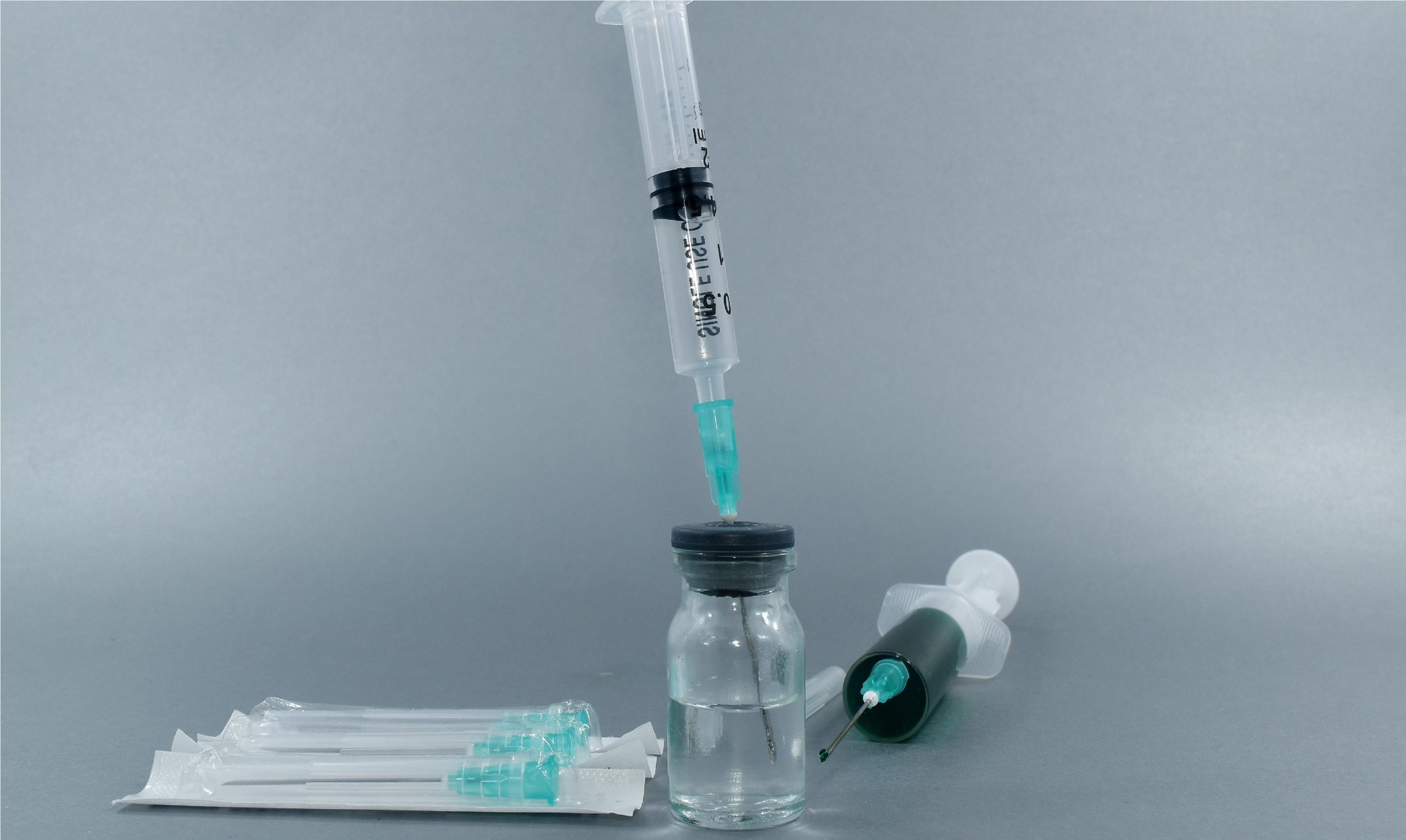The US is considering fast-tracking the antiviral drug remdesivir for use in treating COVID-19 patients.
However, two studies announced today give conflicting results on the drug’s effectiveness. Meanwhile the pool of evidence around other potential treatments, including the much-touted hydroxychloroquine, continues to grow.
The SMC asked experts to comment on the potential treatments, and what we can expect as scientists continue to study them.
Professor Kurt Krause, Infectious Diseases Physician; Professor of Biochemistry, University of Otago, comments:
“Some good news on the COVID-19 front, it was reported in the New York Times that a randomised control trial of remdesivir versus placebo showed significant positive results. In this study, which has not yet been published, 1,063 patients were either given the drug remdesivir or placebo. They found the death rate in the group receiving the drug was 8% vs 11.6% in the placebo group. Further, the time to recovery was 11 days in the group that received remdesivir versus 15 days in the placebo group. Based on these results the FDA is considering emergency authorisation to use this drug for COVID-19.
“Remdesivir, which is an RNA dependent RNA polymerase (RdRp) inhibitor, would be the first drug of its class to receive emergency authorisation by the FDA for use against COVID-19.
“Some caution is in order as this study contrasts with another recent paper appearing in The Lancet in which no clear benefit to remdesivir use was found. This study was much smaller and involved only 240 adults, and they saw trends towards clinical improvements but because of a lack of patients involved their results did not reach the level of statistical significance.
“There are lots of confounding variables in these studies, numbers of patients, how sick they are, how much and how early the tested drug is given and for how long, etc. It will be important to watch this space for further studies on remdesivir and other drugs in the same category in the future.”
No conflict of interest.
Dr Christopher Gale, Senior Lecturer, Department of Psychological Medicine, University of Otago, comments:
“There are two paths for medication development: the development of novel drugs and the application of developed drugs to new conditions. When a new condition develops, most of the time the second pathway – using previously developed drugs is the fastest, as the testing of a medication prior to any human receiving the compound can take years.
“At this point the first studies are generally open label, that is without blinding, to see if the medication is safe and acceptable and effective. In some situations – for example, Penicillin for pneumonia prior to WWII – the results of this were so marked that there was no need for other studies. But if a medication is safe and seems effective, then there is a comparison with either an inactive compound (placebo) or a comparator medication which is generally used, while doing everything else that is usual care. These studies can be done fairly quickly with acute infection – which means weeks to months not months to years. This is generally done ‘double blind’, where neither the doctor or patient know which treatment was given – to remove the risk that either the doctor or patient would change their behaviour or recording of outcomes depending on if they get the new treatment or control.
“The final stage is comparing clinical trials and demonstrating that the results are robust, which requires systematically collecting all the trial data (published and not published) checking for quality and risk of bias, and then mathematically combining the results. You need a number of high quality double blind trials to get a valid meta analysis. This has to occur after these trials have happened.
“In the meantime there is a wish for effective treatments without delay. The current results we are seeing show these tensions.
“Remdesivir, an antiviral drug, in an open label trial, is suggested to lead to clinical improvement in 36 of 53 cases. In the US, the FDA is considering allowing it to be used clinically, after an unpublished government-run trial showed promising results. However a Chinese paper published in The Lancet suggests that it is not superior to placebo.It is of note that the Chinese are taking ‘time to improvement’ as their primary outcome, or marker of success. This has led to them implying that lopinavir-ritonavir combination is not superior (which it is not on that outcome or virology outcomes) but in secondary analysis there is an improvement in survival rate. The choice of outcome and design is quite important, particularly in this early phase of studies.
“A meta-analysis of three papers suggests that hydroxychloroquine alone is less effective but in combination with azithromycin may be effective. Much of this is based on a small number of papers, and early meta-analyses often are missing trials yet to be completed. In my view, this meta-analysis is premature and will need to be replicated. Interestingly, another pre-print study notes that there was no significant difference in virologic cure with hydroxychloroquine but there was in symptom reduction.
“These variations in results are usual in the assessment of any novel treatment. Over time – measured here in months to years – there will be a clearer understanding of what is effective both from trials and in clinical practice. But at present, the trials need to be published, compared, repeated, and during that time recommendations will fluctuate. One hopes that this process will be finished not by a final summation of many trials in two years, but earlier.”
No conflict of interest.
